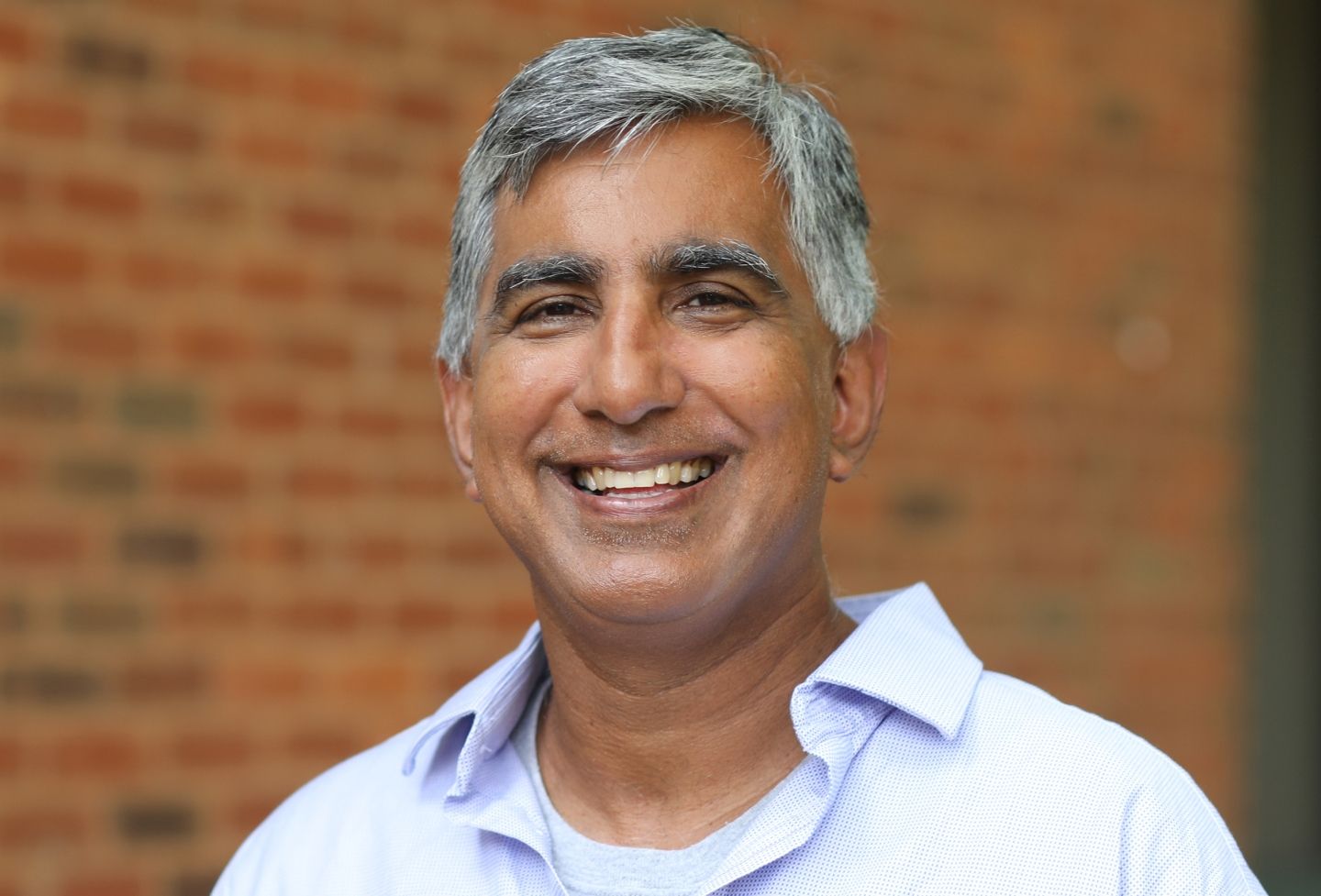When left to their own devices and a multitude of options, many workers make poor choices about their retirement accounts. That’s why guardrails are needed to keep them on the path to a comfortable future, according to a new book co-authored by Quinn Curtis, a University of Virginia School of Law professor.
Curtis, an expert on the regulation of mutual funds and retirement accounts, examined his own employer’s retirement system to gain insights on investor choices for the book, “Retirement Guardrails: How Proactive Fiduciaries Can Improve Plan Outcomes,” co-written with Yale law professor Ian Ayres. The book was published by Cambridge University Press this summer.
Ayres and Quinn argue that too many 401(k) and 403(b) plan sponsors don’t know how investors are using their plan menus. By gathering better information about participant choices, and putting in place guardrails against obvious problems, plan sponsors can make it easier for people to save.
“We’re trying to think beyond just assembling a menu of reasonable investment options and leaving employees to their own devices,” Curtis said. “Plan sponsors have rich information about investment choices. How can they be proactive in using that information to help employees do better?”
The book offers practical reforms, including monitoring portfolios for extreme concentrations in specialty funds, looking for risk profiles inappropriate to investors’ ages, and eliminating pitfalls (such as inappropriately high fees) to improve the outcomes of retirement plans for employee-investors and employer-sponsors alike. Funds that frequently appear in problematic portfolios could be subject to guardrails that limit investors’ allocations to them, or could generate warnings to investors that they are choosing something unusual.
Ayres and Curtis used data from the UVA retirement plan to demonstrate the guardrail concept. In 2017, the UVA plan streamlined from a menu offering hundreds of investment options to just offering a few dozen. Many of the eliminated funds were highly specialized, expensive or both, and investors in those funds were moved to low-cost target-date funds.
"The UVA plan is actually a really good plan but, when I started a decade ago, it had an enormous menu,” Curtis said. “While there were plenty of good options, there were also lots of ways investors could go wrong. Having the plan redesign in the data gave us an opportunity to see what happens when the menu is made easier to navigate.”
One troubling example they uncovered in their analysis of the UVA plan was a run on gold, of sorts. Prior to the plan redesign, UVA offered employees the option of investing in a fund that tracked the price of gold. According to the authors, 35% of employees who invested in the gold fund had more than half their money in it, and 11% of the gold-faithful put all their money in it.
“Those investors don’t have the cushion that greater diversification, or any diversification, would provide should the price of gold decline,” the authors noted in an op-ed they penned for the Wall Street Journal.
While the redesign eliminated the gold fund, Ayres and Curtis argue that plan sponsors need not be limited to the binary choice of including an option in the menu or keeping it out.
Ayres and Curtis discuss a variety of potential guardrails, including a set limit on the amount of money that can be invested in certain asset classes and dynamic limits that adjust based on factors such as age and risk tolerance.
“The idea of guardrails might seem paternalistic, but the current approach is simply to exclude lots of options altogether,” Curtis said. “Setting maximum allocations, giving warnings and other ‘nudge’ type interventions are a way to expand choice while addressing the worst problems that might arise.”
In addition to the guardrails concept, the book also offers an overview of the current landscape for employer-sponsored plans, including new empirical work on a wave of lawsuits targeting plans for excess fees. Curtis and Ayres analyze the plans that were sued and find that they are in fact more expensive but are also far larger than typical plans.
“The fee lawsuits have really brought employer attention to plan costs,” Curtis said. “There has been a strong downward trend in fees over the last 10 years, but lawsuits only ever target the very largest plans. UVA’s own redesign was initiated after many private universities’ plans were targeted by lawsuits.”
For UVA, the redesign has improved investor outcomes. Many investors whose portfolios were affected by the redesign are now taking less risk and experiencing better returns and lower costs.
“Streamlining can clearly benefit investors, as in the UVA redesign, but employers should also be open to more creative approaches like guardrails that can help preserve choice for those with genuinely unique needs, but still make things simple for those with straightforward savings goals.”
Drawing on data analysis and a wide body of previous scholarship in the area, the book is intended as a resource for retirement plan sponsors, fiduciaries and perhaps even employee-investors concerned about their retirements.
Ayres, who teaches at Yale Law School, is a prominent scholar, lawyer and economist who has been a columnist for Forbes magazine, a commentator on public radio’s “Marketplace” and a contributor to the New York Times’ Freakonomics blog. Ayres was a visiting professor at UVA Law from 1990-91 and is a frequent collaborator with Virginia’s scholars, including Curtis and Saikrishna Prakash.
Ayres is the Oscar M. Ruebhausen Professor at Yale Law School and a professor at Yale’s School of Management.
Curtis, the Honorable Albert V. Bryan Jr. ’50 Research Professor of Law and associate dean for curricular programs, has written extensively on the regulation of mutual funds and retirement accounts, including empirical work on 401(k) plans, mutual fund governance and fee litigation. He is a board member of the Society for Empirical Legal Studies and a research member of the European Corporate Governance Institute, an international nonprofit focusing on major corporate governance issues.
The book was published by Cambridge University Press this summer and is available at bookstores and book sellers online.
Founded in 1819, the University of Virginia School of Law is the second-oldest continuously operating law school in the nation. Consistently ranked among the top law schools, Virginia is a world-renowned training ground for distinguished lawyers and public servants, instilling in them a commitment to leadership, integrity and community service.


